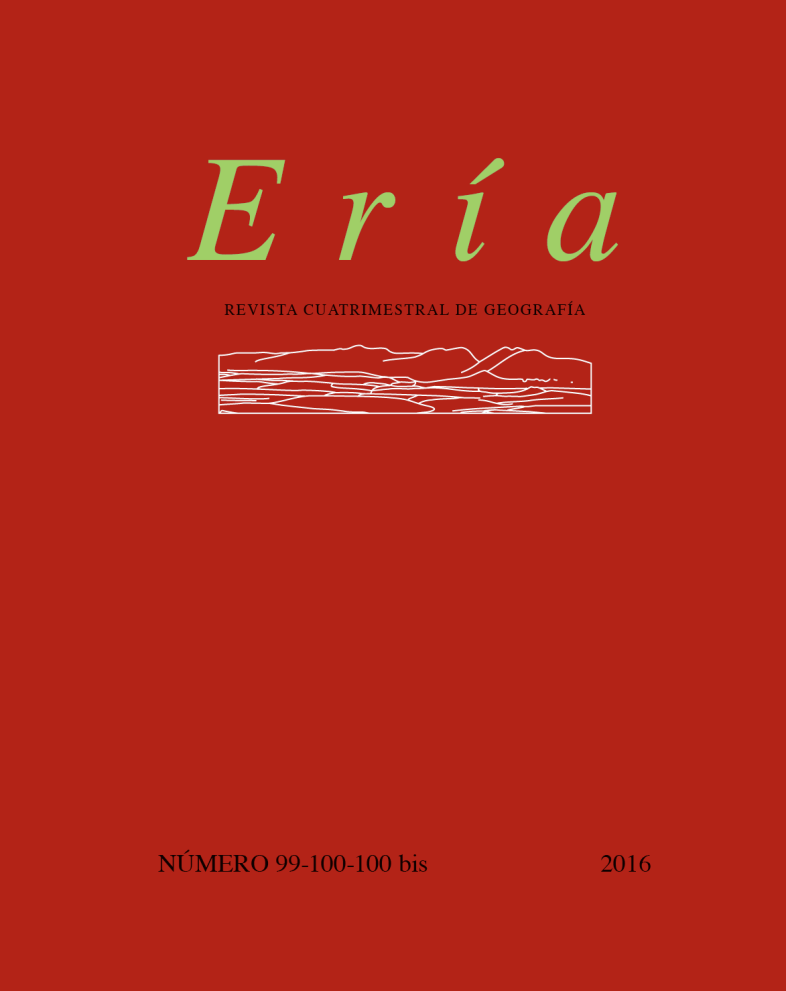Abstract
Un debate fundamental en geografía urbana se refiere al efecto cruzado y la difícil compatibilidad entre las políticas de regeneración urbana y los patrones postfordistas de explotación intensiva, en áreas centrales históricas. Interesan especialmente, por su complejidad y fragilidad, los distritosn afectados por la apertura de grandes ejes interiores a finales del siglo xix y principios del xx, calles principales en pantalla, cuyos bordes actúan de bisagra y entran en contraste con la trama antigua.
Résumé
La Gran Vía de Madrid et ses marges: patrimoine et développement du-rable.- Il est débattu aujourd’hui, dans la géographie urbaine, le conflit entre les politiques de régénération urbaine et les modèles post-fordistes fondés sur l’exploitation économique intensive, dans les zones centrales historiques. Ils sont très intéressants en raison de leur complexité et fragilité les districts avec des grands axes intérieurs ouverts à la fin du xixèmesiècle et au début du xxème siècle, qui sont aujourd’hui des avenues principales dont les marges sont les zones de contact avec le tissu urbain ancien.
Abstract
The Gran Vía in Madrid and its margins: heritage and sustainable de-velopment.- A fundamental debate that concerns urban geography is about both the crosswise effect and the hard compatibility between urban regeneration policies and post-Fordism patterns of work related to intensive exploitation in central historical area. It would be especially useful, because of their complexity and fragility, districts which are affected by the opening of large axes at the end of the 19th century and the beginning of the 20th century. These main streets are kind of screen, in contrast to the ancient urban weave.
Palabras clave/Mots clé/Keywords
Geografía urbana, Madrid, sostenibilidad urbana, patrimonio cultural, centro urbano.
Géographie urbaine, Madrid, durabilité urbaine, héritage culturel, centre ville.
Urban geography, Madrid, urban sustainability, cultural heritage, city center.

